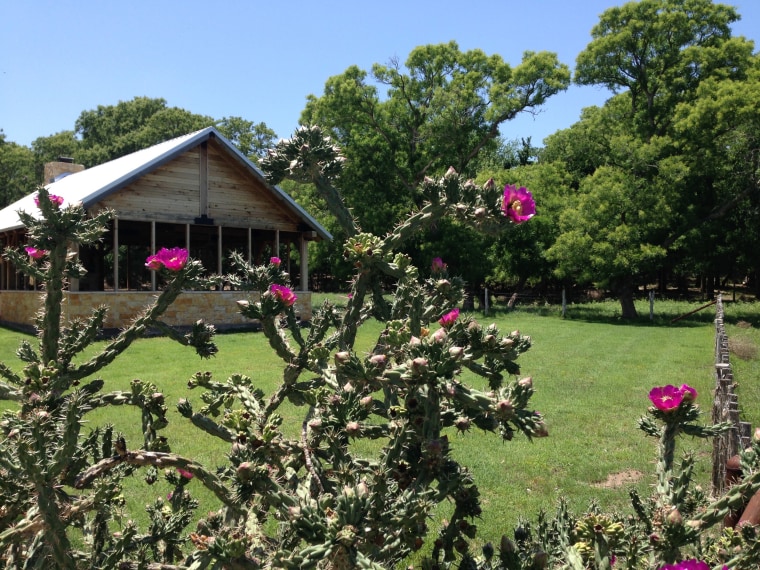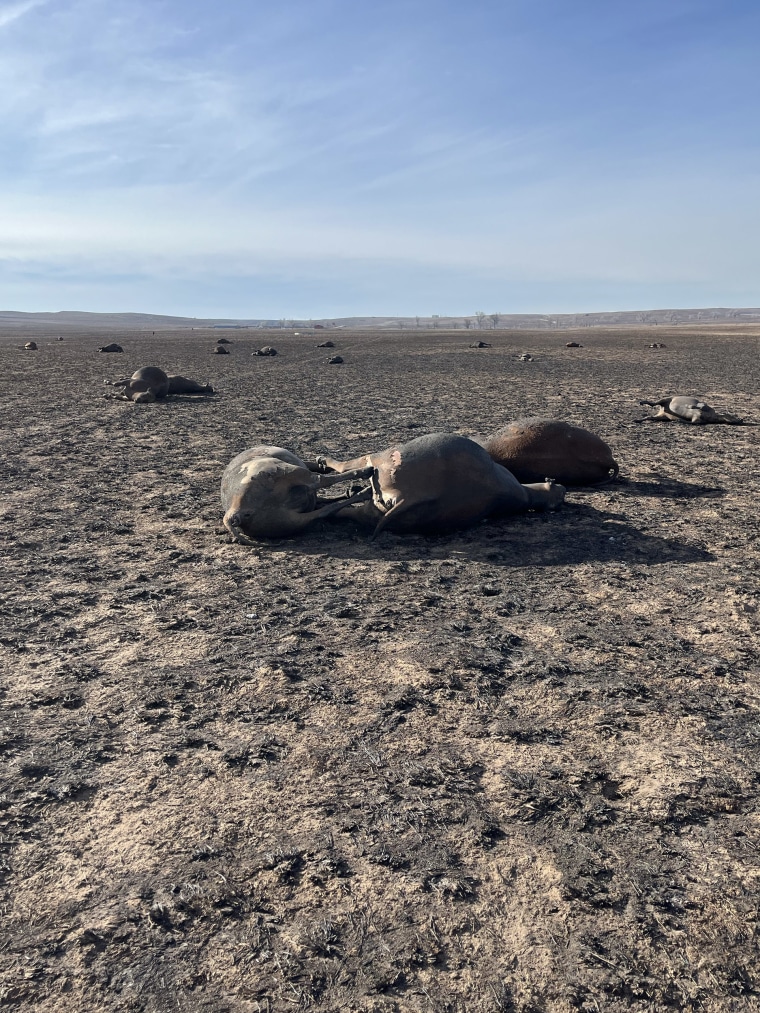[ad_1]
From residents to ranchers, Texans are grappling with the ongoing devastation stemming from some of the biggest wildfires in the state’s history.
On Saturday, fires continued to burn throughout parts of northern Texas, much of which is considered cattle country. The wildfires have destroyed as many as 500 homes and structures, according to Texas Gov. Greg Abbott. At least two people have died.
In a Facebook video on the Texas A&M Forest Service’s incident information page, Blue Team Operations Section Chief Mike Brod said his team remained vigilant as red flag warnings from the National Weather Service remained in effect Saturday for the entire Panhandle region.
According to the weather service, an increased risk of fire danger in northern Texas remains Saturday due to warm temperatures, very low humidity and strong winds.
“Given the critical weather that’s predicted for today, we do anticipate additional fire activity and we’re prioritizing our suppression efforts on the areas of the highest concern,” Brod said Saturday morning.
Efforts to contain five fires near Amarillo, Texas, remained ongoing Saturday evening, according to the Texas A&M Forest Service.
The Smokehouse Creek Fire, which covers more than 1 million acres, remains 15% contained, and the nearby 687 Reamer Fire was 10% contained as of Saturday. The remaining three fires are between 60% and 85% contained.

Panhandle region resident and rancher Steve Rader said that when he was asked to evacuate his home on Tuesday, the fires felt “like a blowtorch just pulling over.”
When Rader returned to his ranch on Friday, his home was gone.
“This is our first time walking here. It is all gone,” he told NBC News. “I’ve never seen such a big, big area burn.”
An estimated 85% of the roughly 12 million cattle in Texas come from the Panhandle region, one of the most affected areas.
According to Texas Agriculture Commissioner Sid Miller, cattle and crop losses in that area “are significant and infrastructure damage is catastrophic.”
“I know of ranchers who have lost everything,” Miller said in a press release Friday.

In Hemphill County, which is located in the Panhandle, over a thousand missing or dead cattle have been reported, as well as several dead horses, goats and sheep. According to Miller, these numbers are expected to grow.
But the impact wildfires have had on the Texas cattle industry go beyond just animal loses, rancher Jim Bill Anderson told NBC News.
Most of the open fields that burned were used to feed the cattle in the region. According to Anderson, Panhandle cattle are usually used for prime beef sold to high-end hotels and restaurants.
Much of the open fields burned in the region were used for grazing and feeding cattle. With their source of food gone, ranchers like Anderson are also struggling to keep surviving cattle alive.
The economic toll the wildfires stand to have on the Texas cattle industry remains unclear. But the ranches located in broad properties where cattle roam across lands that stretch tens of thousands of acres are expected to be among the hardest hit.
Ranchers who kept their cattle concentrated in feedlots and dairy farms may be less affected, Miller anticipated.
[ad_2]
Source link




